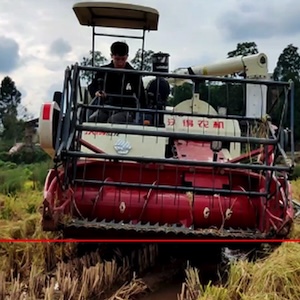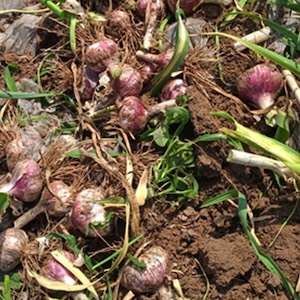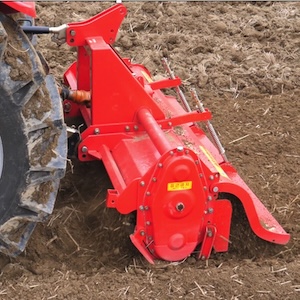Structural strength analysis of a rotary drum mower during harvesting
Published: 16 February 2024
Abstract Views: 1070
PDF: 315
HTML: 4
HTML: 4
Publisher's note
All claims expressed in this article are solely those of the authors and do not necessarily represent those of their affiliated organizations, or those of the publisher, the editors and the reviewers. Any product that may be evaluated in this article or claim that may be made by its manufacturer is not guaranteed or endorsed by the publisher.
All claims expressed in this article are solely those of the authors and do not necessarily represent those of their affiliated organizations, or those of the publisher, the editors and the reviewers. Any product that may be evaluated in this article or claim that may be made by its manufacturer is not guaranteed or endorsed by the publisher.
Similar Articles
- Francesco Barreca, Pasquale Praticò, Environmental indoor thermal control of extra virgin olive oil storage room with phase change materials , Journal of Agricultural Engineering: Vol. 50 No. 4 (2019)
- Giuseppe Toscano, Eleonora Maldini, ANALYSIS OF THE PHYSICALAND CHEMICAL CHARACTERISTICS OF VEGETABLE OILS AS FUEL , Journal of Agricultural Engineering: Vol. 38 No. 3 (2007)
- the Editors, Published a new version of the CIGR Report The Design of Dairy Cow and Replacement Heifer Housing , Journal of Agricultural Engineering: Vol. 46 No. 3 (2015)
- Francesco Bettella, Vincenzo D'Agostino, Lucia Bortolini, Drainage flux simulation of green roofs under wet conditions , Journal of Agricultural Engineering: Vol. 49 No. 4 (2018)
- Daniele Sarri, Stefania Lombardo, Andrea Pagliai, Luca Zammarchi, Riccardo Lisci, Marco Vieri, A technical-economic analysis of telemetry as a monitoring tool for crop protection in viticulture , Journal of Agricultural Engineering: Vol. 51 No. 2 (2020)
- Elena Bresci, Federico Preti, AN HISTORICAL SURVEY ON THE EVOLUTION OF SOME FORESTWATERSHED MANAGEMENT TECHNIQUES (PART II: STREAM CHANNEL WORKS) , Journal of Agricultural Engineering: Vol. 41 No. 3 (2010)
- Gennaro Giametta, Bruno Bernardi, MECHANIZED HARVESTING TESTS PERFORMED BY GRAPE HARVESTERS IN SUPER INTENSIVE OLIVE ORCHARD CULTIVATION IN SPAIN , Journal of Agricultural Engineering: Vol. 40 No. 2 (2009)
- Volodymyr Bulgakov, Hristo Beloev, Ivan Holovach, Vladimir KroÄko, Ladislav Nozdrovicky, Pavol Findura, The most complex theory of the symmetric impact of the vibrating digging working tool on the sugar beet root , Journal of Agricultural Engineering: Vol. 49 No. 4 (2018)
- Pietro Catania, Mariangela Vallone, Diego Planeta, Felice Pipitone, ANALYSIS OF THE FILTRATION EFFICIENCY OF WHITE WINES USING DIFFERENT FILTER AIDS , Journal of Agricultural Engineering: Vol. 41 No. 1 (2010)
- Paolo Damiani, Guido Ciollaro, Antonio Coppola, RICOSTRUZIONE DI PROFILI DI CONTENUTO D’ACQUA IN UN SUOLO STRUTTURATO SOTTOPOSTO A LAVORAZIONI , Journal of Agricultural Engineering: Vol. 39 No. 2 (2008)
<< < 57 58 59 60 61 62 63 64 > >>
You may also start an advanced similarity search for this article.

 https://doi.org/10.4081/jae.2024.1557
https://doi.org/10.4081/jae.2024.1557












